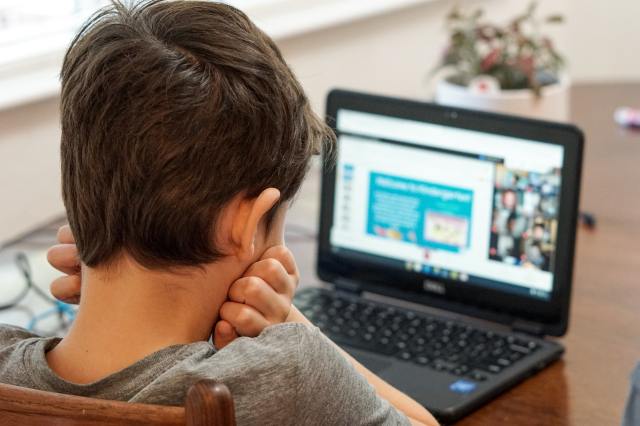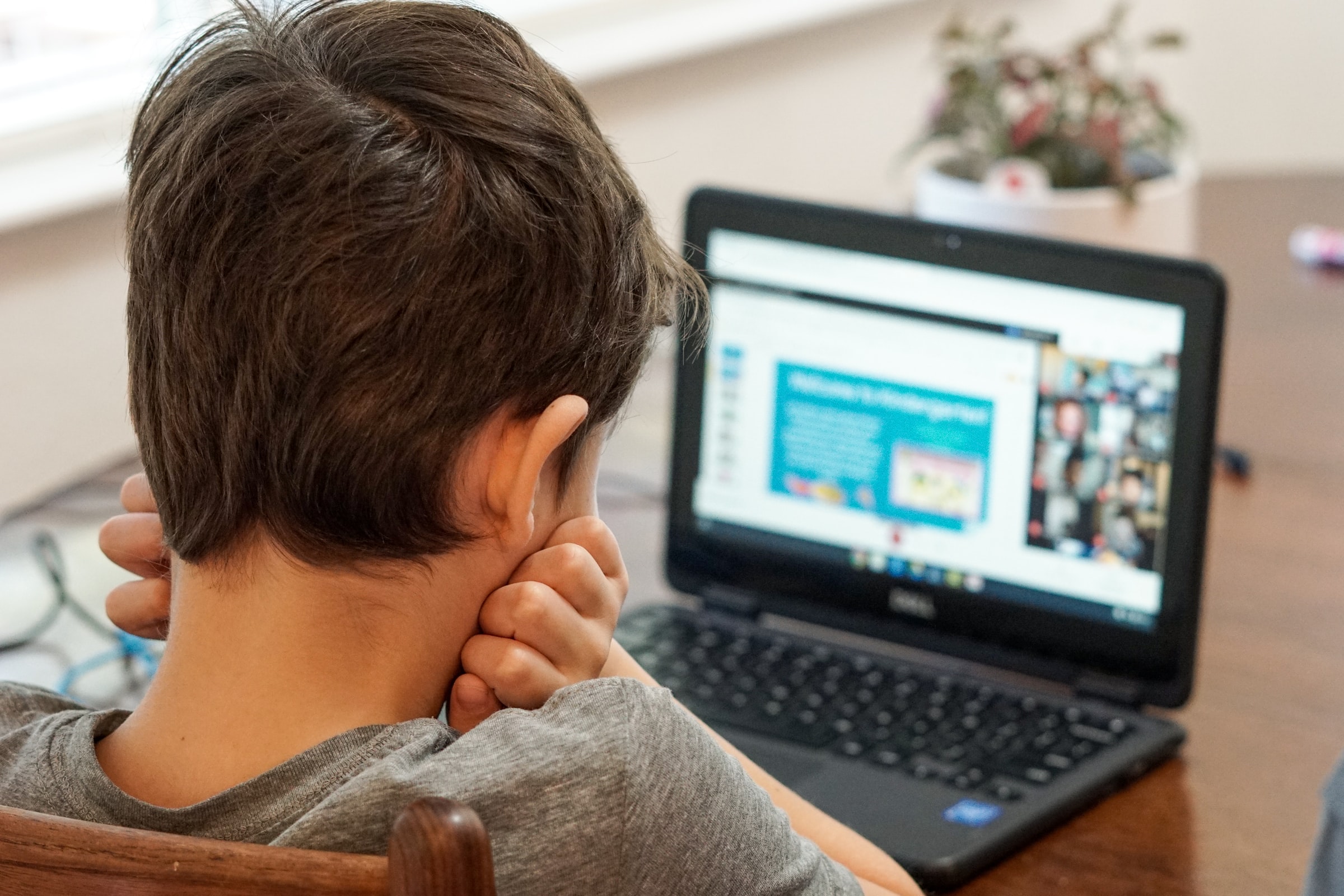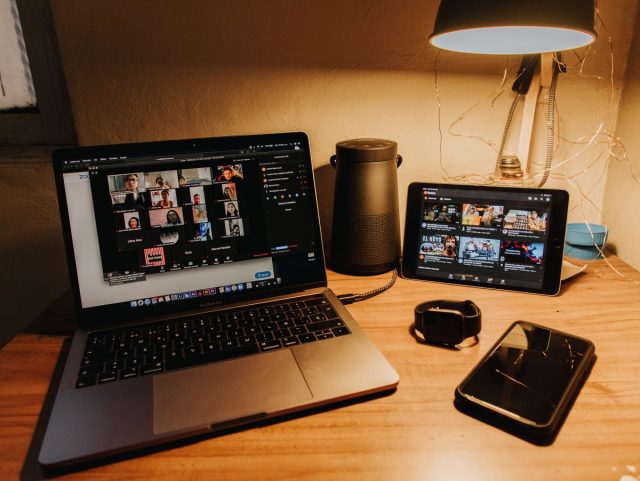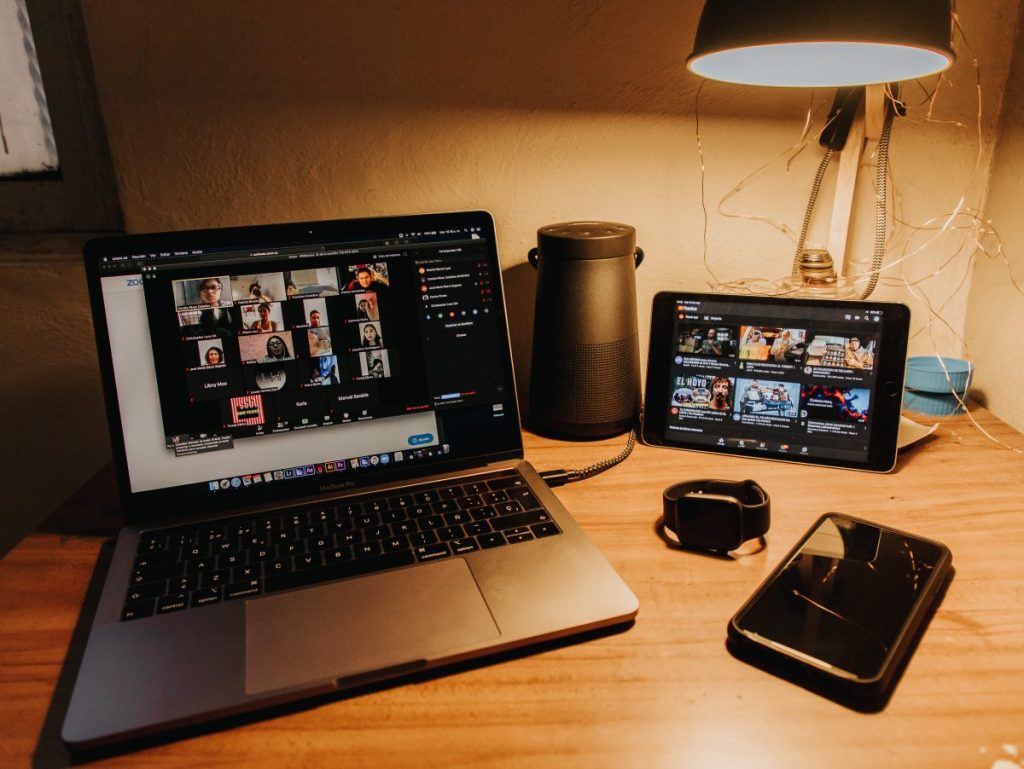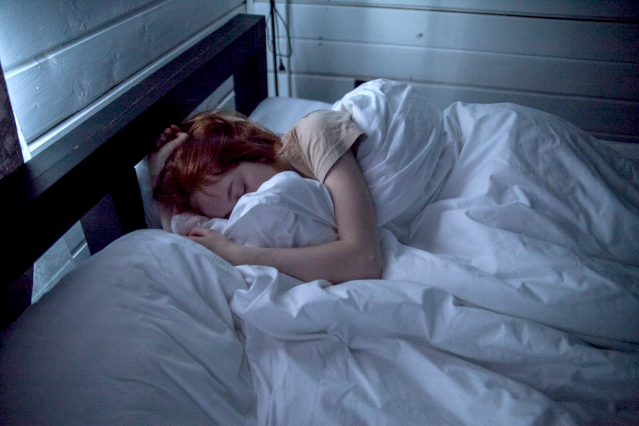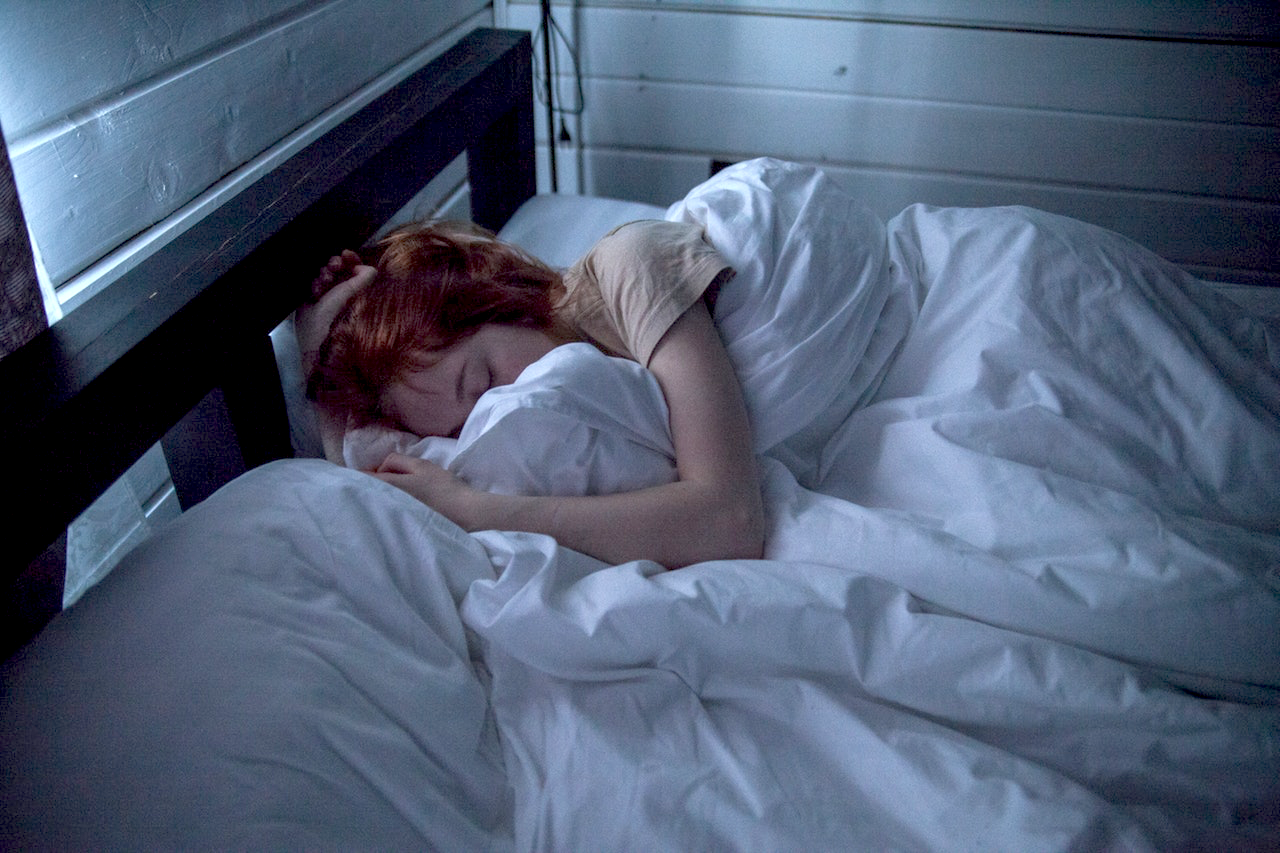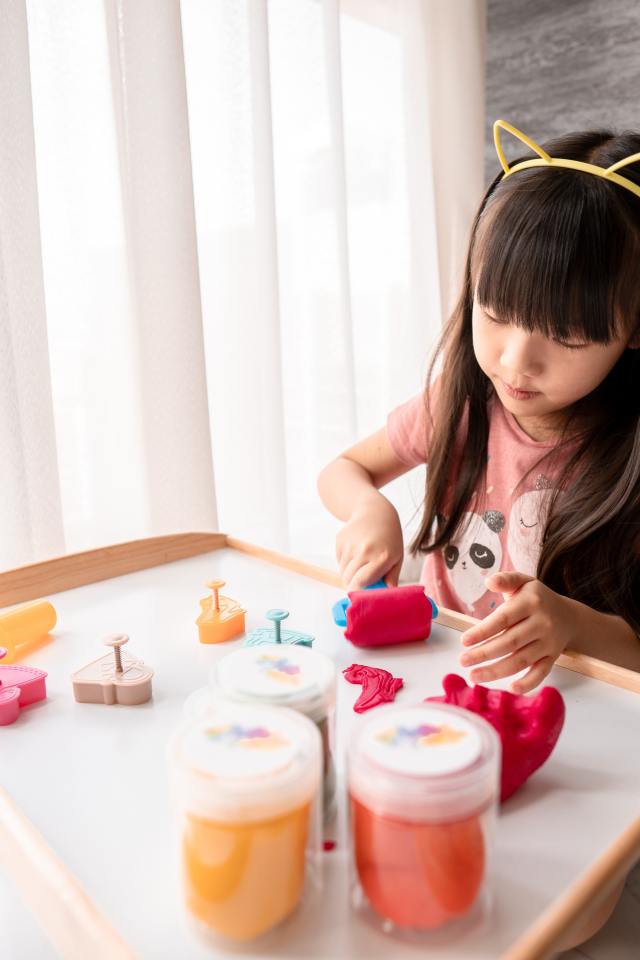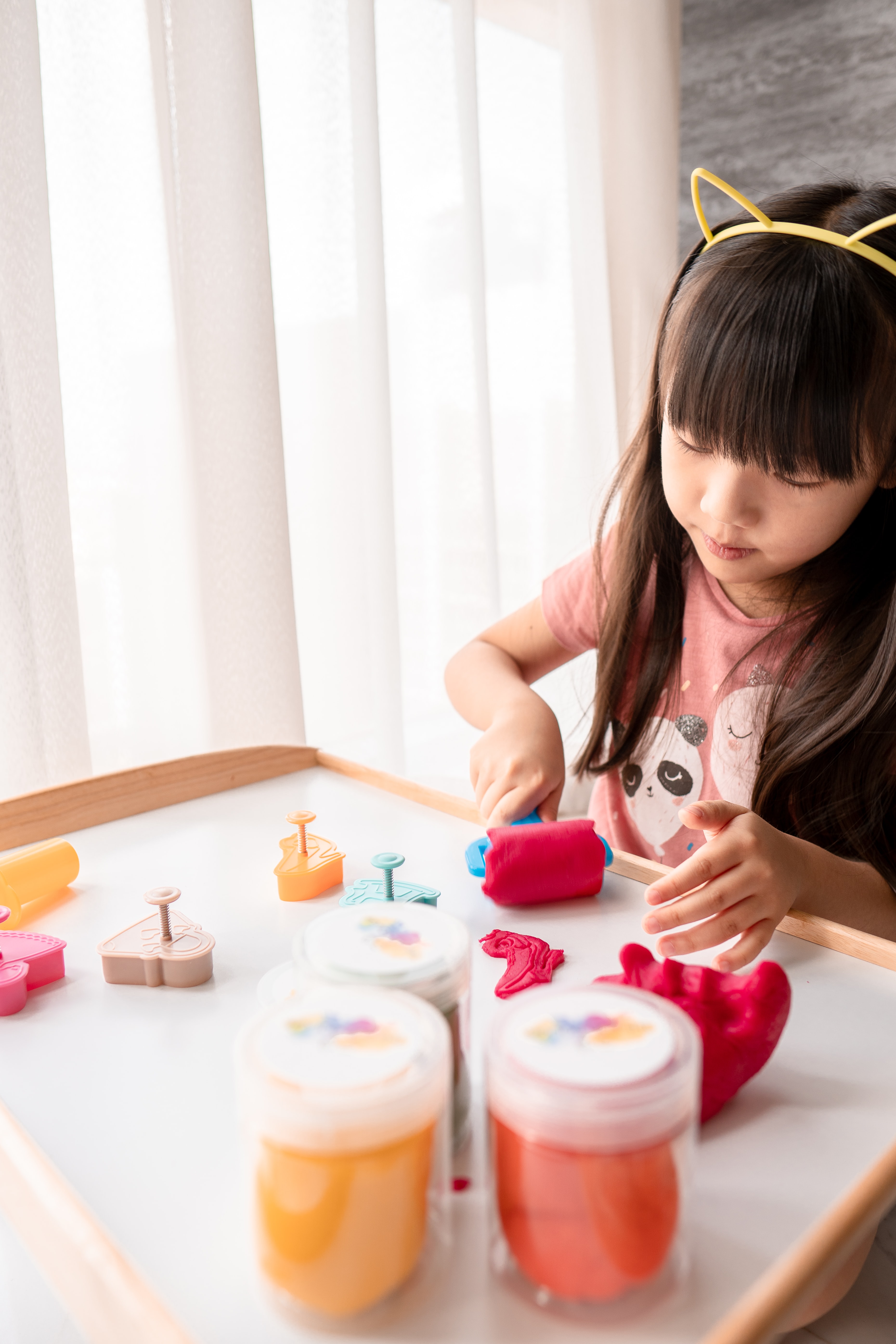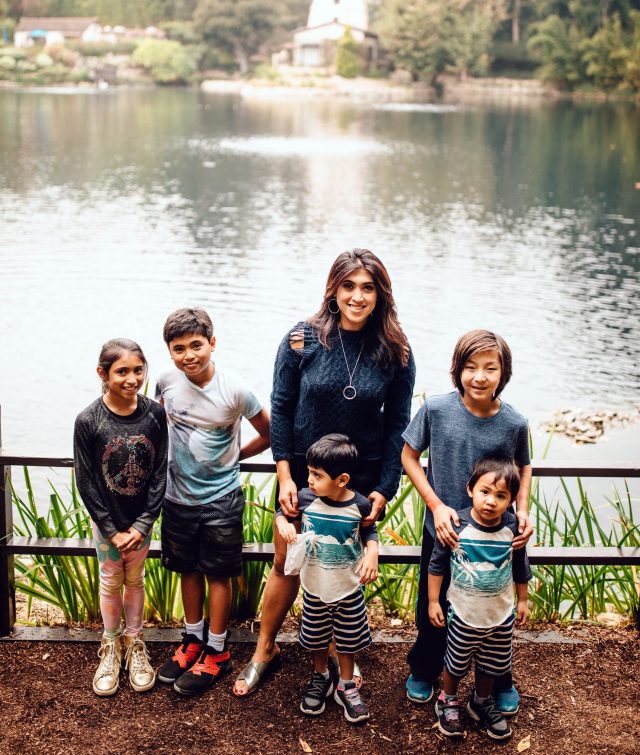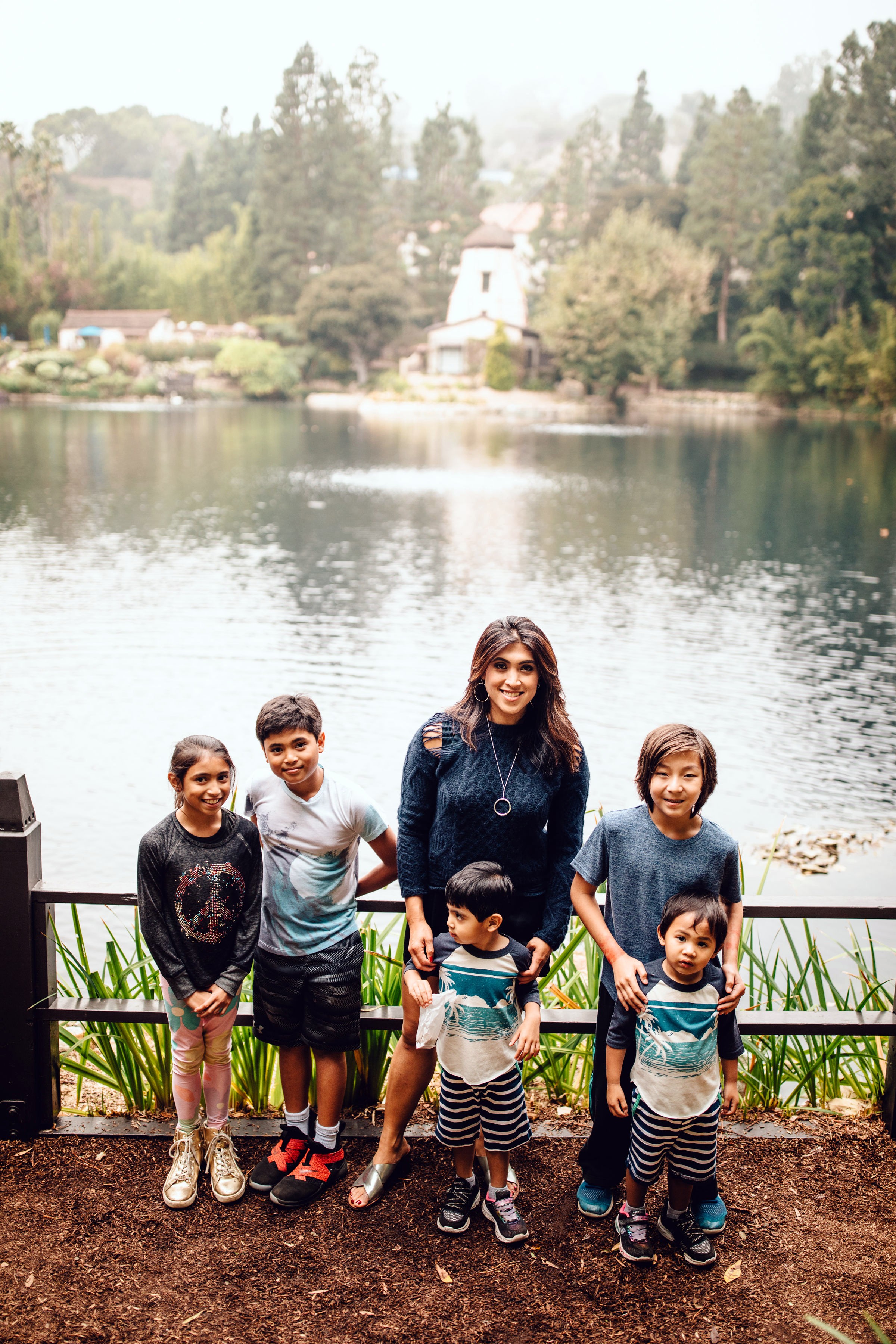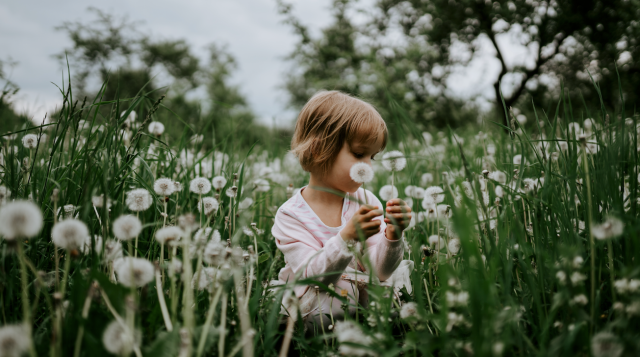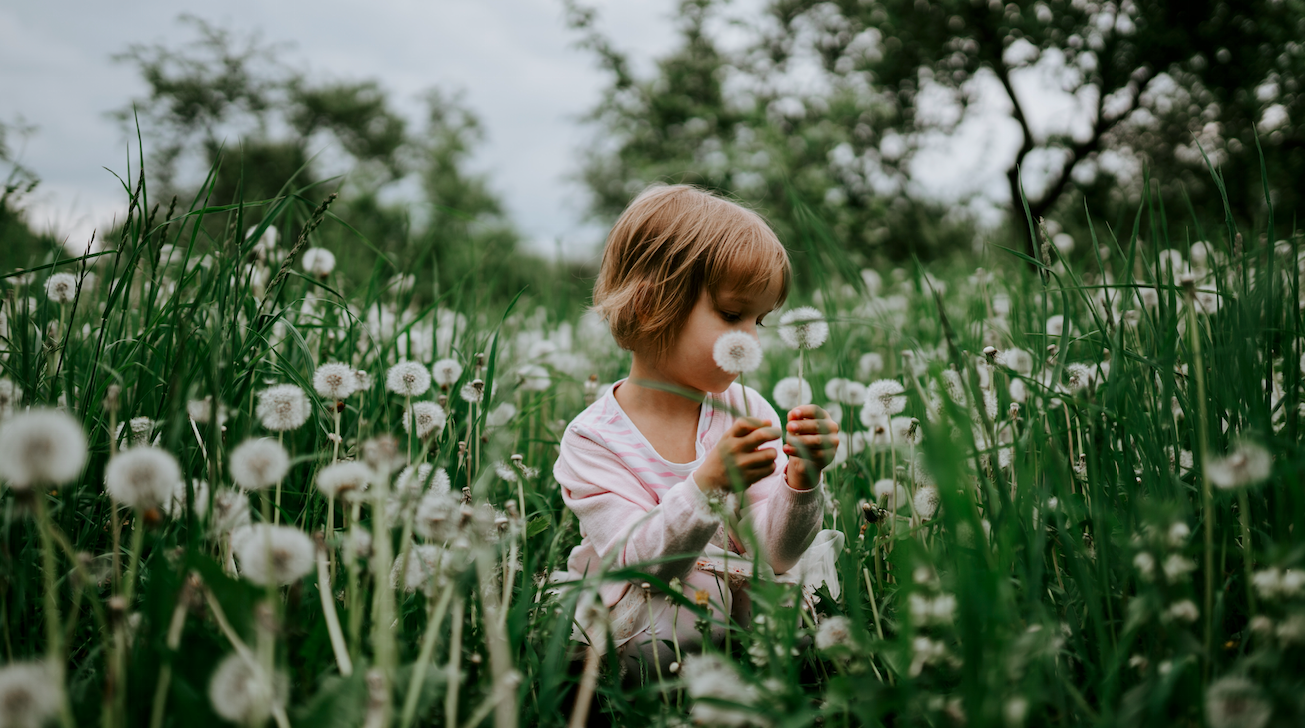
The other day, my husband gave me a little gift with which to amuse myself while he was out of town – a paint-n-bake coffee mug with an intricate mandala sort of design on both sides and a set of four special markers. The idea is that when you finish coloring it, you bake it for 45 minutes and the color becomes permanent. (More or less. You are advised to hand-wash the mug.)
A while back, Dan had given me several coloring books and assorted colored pencils, the latest fad in relaxation techniques. Presumably, focusing on the coloring keeps your mind off your troubles. One of the coloring books I later obtained let you color a bunch of swear words, which are very satisfying to contemplate.
Anyway, I wrote about the coloring craze some time ago in a blog post (“Color My World” http://wp.me/p4e9wS-jP), in which I said,
I don’t know anyone who admits to coloring within the lines when they were kids. Coloring outside the lines … was a badge of freedom and creativity and, for some, poor fine motor skills. It was how the more inhibited of us let our freak flags fly.
The coffee mug, however, was clearly intended to be colored within the lines, unless done as an art project by a five-year-old for Father’s Day.
This presented a little problem for me. I have “essential tremor,” which is doctor-speak for “We don’t know why your hands shake; they just do.” With coloring books, this wasn’t much of an issue, because the pages never even made it as far as the refrigerator door. A coffee mug, however, is meant to be used, though, so conceivably other people might see it. (Not that I’m a great one for having koffee klatches, except by phone with my mother-in-law.)
As I started coloring the first side of the mug, I discovered something useful – until baked, the colors were far from permanent. They could be rubbed away easily with a fingertip or a Kleenex. Or the heel of your hand as you rested it on the mug, trying to get the top half colored. Finally, I decided that the teensy white spaces within the itty-bitty black lines were just suggestions, and colored the larger shapes, staying vaguely between the lines and leaving those little accents of white, just for contrast.
By the time I had accomplished that, my hands were well and truly shaking. I could have stopped there and finished the mug later, on a day when my tremor was less troublesome. (It comes and goes, aggravated by fatigue or stress.) But I wanted to get the damned thing over and done with.
I decided that I would purposely let my freak flag fly on the other side. I would not even try to stay within the lines. Instead I took the markers and colored in bright diagonal streaks of different lengths and widths, with reckless disregard for any and all black lines. It was, in its own way, very satisfying, even if it did resemble the aforementioned Father’s Day gift. It was bright and cheery, and it looked absolutely nothing like the mandala pattern or the other side’s more constrained coloring.
I had warned Dan that I didn’t intend both sides of the mug to look the same, but I think he just supposed I would use different colors for the different parts of the identical design. We’ll see what he says when he gets home. As a child of the sixties, he should appreciate my rebelliousness, and as a fan of the Impressionists, he ought to admire my emotionally free style.
And if he doesn’t, I’ll just use the mug myself. It’s quite a large one, big enough to contain both my outer adult and my inner child. And lots of coffee.
P.S. Thanks to Ellen Kollie, friend and former coworker, for suggesting I turn this Facebook post into a blog post. If it doesn’t work, it’s all your fault.
Do you have a story to share with our readers? We want to hear it! Sign up for our Spoke Contributor Network and start submitting your writing today.











